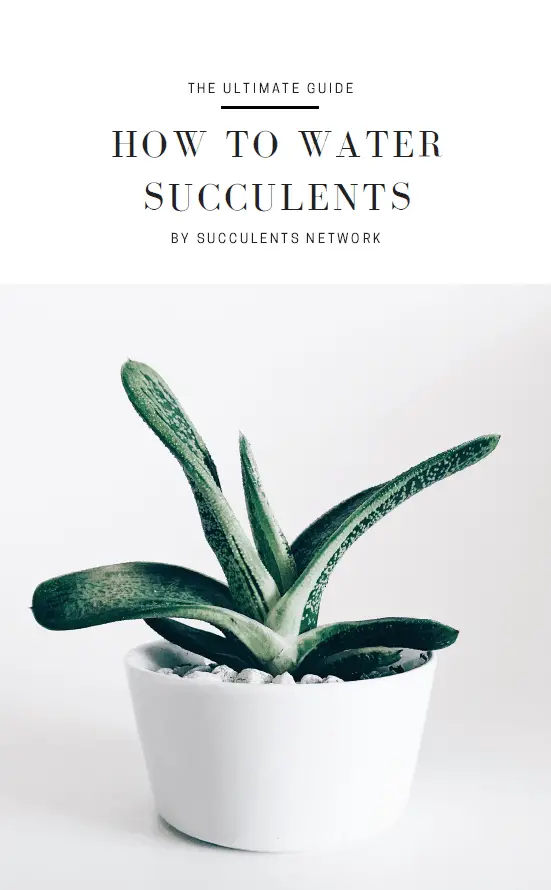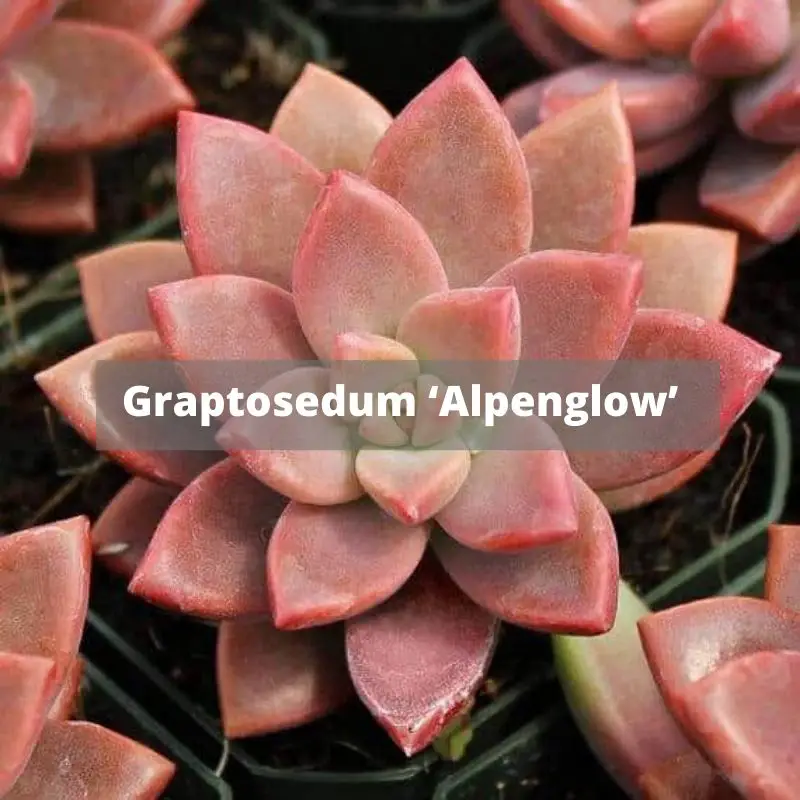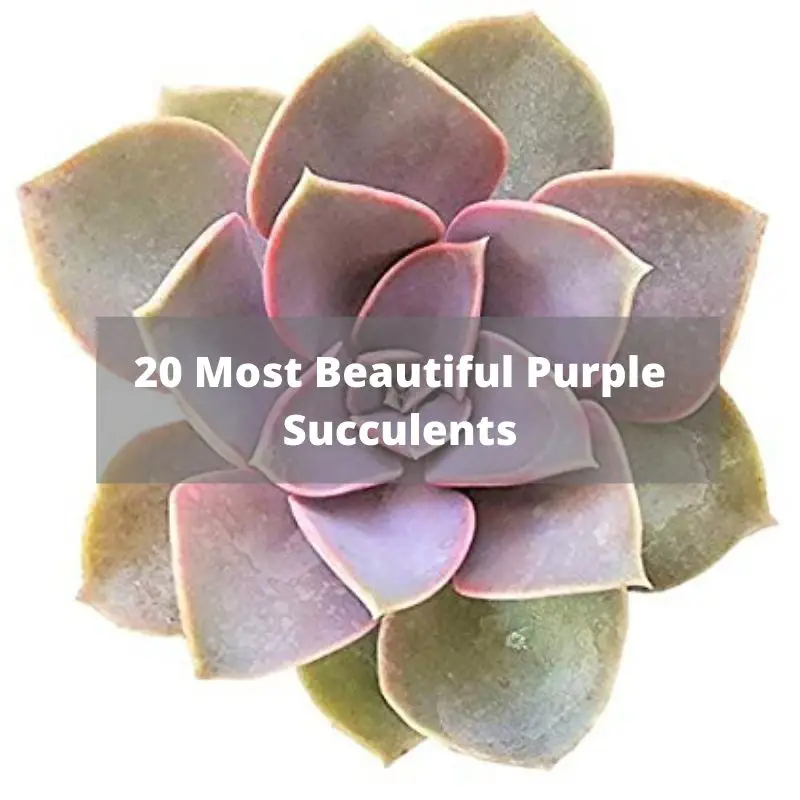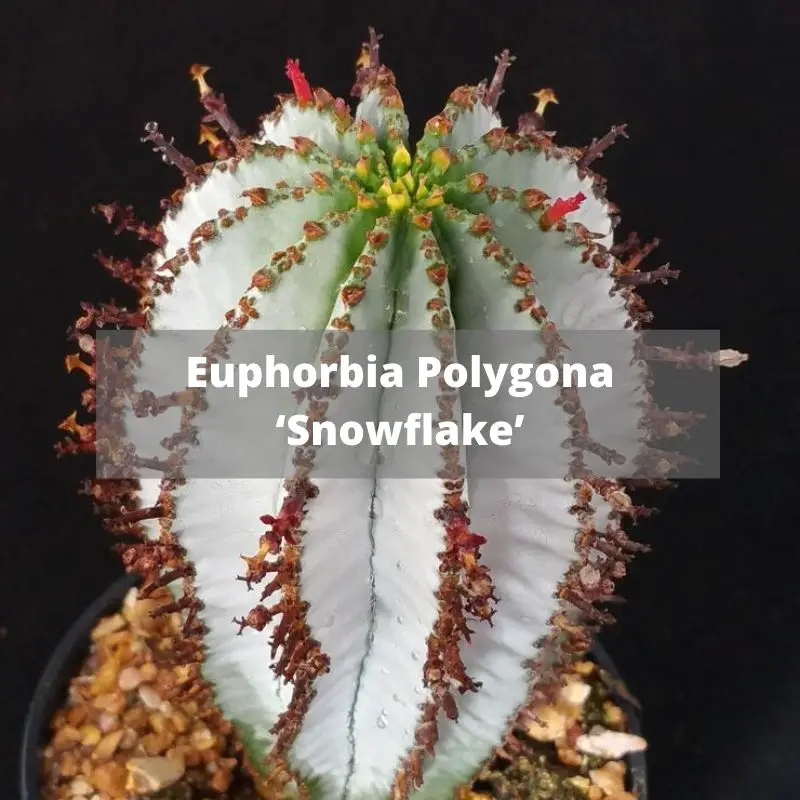At last, we are nearing the time when our succulents that we have taken care of so dearly, are due to bloom and flower. Flowered succulents are visually satisfying and so, this article will assist you in knowing how to best take care of your flowered succulents and make the most of their hidden beauty.
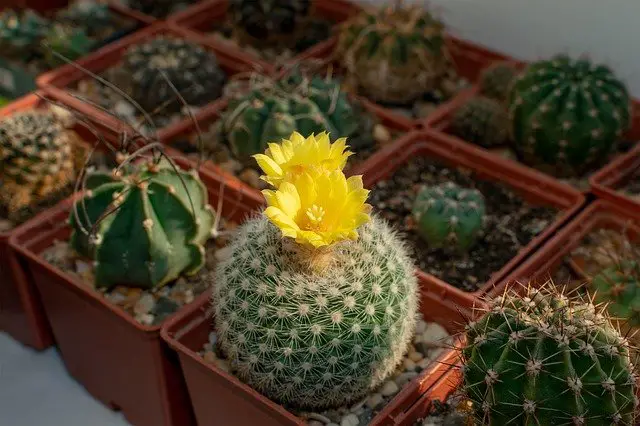
Picture via Pixabay
Why do succulents Flower?
Very simply, succulents flower in order to produce the next generation. Like other plants, succulents attract pollinators, and the way they do this is through flowering. Pollinators such as bees are attracted to the bright flowers, which entices them to spread pollen and ensure the reproduction of succulents. It is important to know that different succulent species begin flowering at varied times over their lifespan. Some succulents do not flower at all, so it is recommended to do some research before purchasing a succulent to avoid any disappointment. Below are a few suggestions of beautiful flowered succulents:
Are your succulents dying? Do you need urgent help to keep them alive? Don’t worry! This ebook will solve the problems. I shared all my secrets related to how to water succulents with you.
Popular flowered succulents
- Pincushion cactus
- Aloe
- Crown of thorns
- Flaming Katy
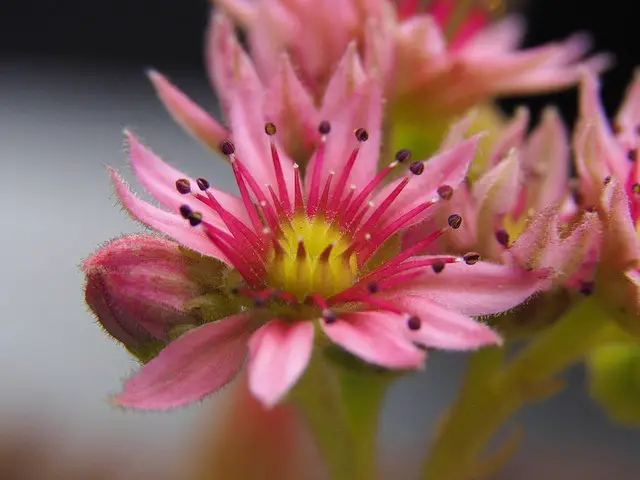
Picture via Pixabay
Types of flowered succulents
Before going ahead and buying a succulent plant, bear in mind that there are two types of succulents. There are monocarpic and perennial succulents. Monocarpic succulents bloom only once before dying, where as perennial succulents bloom multiple times. It is good practice to do some research on the succulent you are planning on purchasing to avoid any unexpected disappointment once your succulent has flowered.
When can I expect my succulents to flower?
The time of the year in which succulents bloom varies, but generally you can expect succulents to flower between the end of spring and late summer. There are certain correlations amongst certain species that bloom at more specific times of the year. For example, Echeverias typically flower in late summer, whereas Cacti generally flower in spring.
How to encourage succulents to bloom
Flowered succulents typically show the best results when they are happy and healthy. Below are some tips and tricks on ensuring your succulents are ready for a beautiful bloom.
What Material Are Best For Flowered Succulents?
Ceramic or terra cotta pots are ideal for growing succulents since they are both breathable materials. Well, aerated pots are essential for healthy growth for well-flowered succulents. If you cannot use a ceramic or terra cotta pot, then a plastic pot would be the next best option. Plastic pots do not breathe as well as ceramic or terra cotta pots, but given that your soil mix drains well you will have no problems using a plastic pot.
Best Size Pots For Succulents
In regard to size, a good benchmark is to purchase a pot that provides a half-inch gap between the plant and the edge of the pot. This way you will see maximum growth from your succulent. Use this same rule if you are growing more than one succulent in your chosen pot, maintaining a half-inch gap between each plant also.
Best Drainage For Succulents
Ensure that your pot has a drainage hole, as growing well-flowered succulents calls for heavy watering. The drainage hole will help in avoiding overwatering your succulent.
What soil Is Best For Succulents?
Using suitable soil for your succulent is an easy way to provide optimum hydration. Most succulents prefer soil that drains well, so gravitating towards a porous sand-based soil is advisable. You can also add a coarse substance called perlite to your soil. Perlite is a volcanic glass that will improve aeration in your soil mix and is widely used in the growth of flowering succulents. Your soil mix should consist of 1 part perlite, 2 parts of potting soil and 2 parts of sand. This mix of soil will drain adequately and help you maintain the health of your flowered succulents in the long term.
How much water do my succulents need?
The easiest way to know how much water to provide your succulent is to pour until you see water emerge from the drainage hole of your pot. You do not need to water your succulent again until the top inch of the soil has completely dried. This indicates that the succulent is ready for some more water.
Are your succulents dying? Do you need urgent help to keep them alive? Don’t worry! This ebook will solve the problems. I shared all my secrets related to how to water succulents with you.
How much light do succulents require to flower?
Most succulents love the sun, but not all succulents require lots of light. It is recommended that you check the profile of your succulent to ensure you are providing adequate light. For those that require a lot of sunlight, placing your succulent on eastern or southern facing windowsill would be perfectly adequate for the plant. Flowered succulents require more sunlight to preserve the health of the flowers.
Do succulents flower better in certain temperatures?
Generally, succulents need to be placed in warm spaces to produce the best flowering results. Using an eastern or southern facing windowsill as detailed previously generally suffices given that the succulent is in direct sunlight. Once summer comes around, you can start to move your succulents outside to take in the heat. Take care of your flowered succulents as extreme heat can damage the flowers.
Will fertilizer help my succulents flower?
The fertilizer will certainly encourage your succulent to flower, as the fertilizer will provide the succulent with all the nutrients it needs to bloom. Which fertilizer you should use and how often varies, so it is advisable that you refer to a profile of your succulent to find out what fertilizer works best with your succulent.
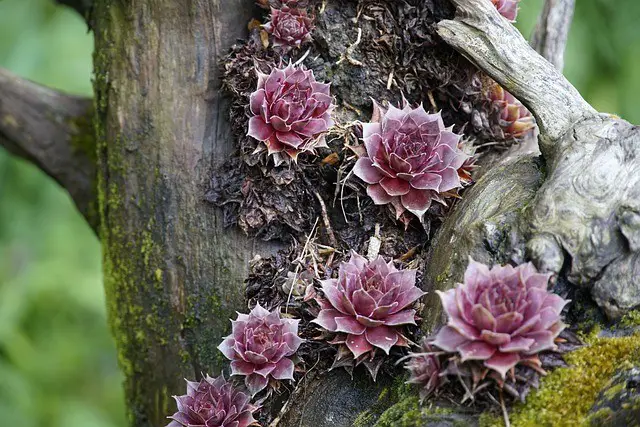
Picture via Pixabay
General care for flowered succulents
To make the most of your flowered succulents, it is important to continue to take good care of them. The fresh flowers love sunlight, so the more sunlight you can provide them, the quicker and healthier they will develop. Continue to water as previously detailed. If you have been using fertilizer, then you should continue to administer fertilizer, as the fertilizer will maintain the health of the flowers.
Aphids
One thing to keep a close eye on is aphids. Aphids are small sap-sucking insects that will feed off your beautiful flowering succulents. Fortunately, there are alcohol-based products on the market that make dealing with aphids easily. It is recommended to use 50% – 70% alcohol-based repellents to deal with aphids.

